Home>Home Maintenance>How Much Should I Charge For Home Repairs
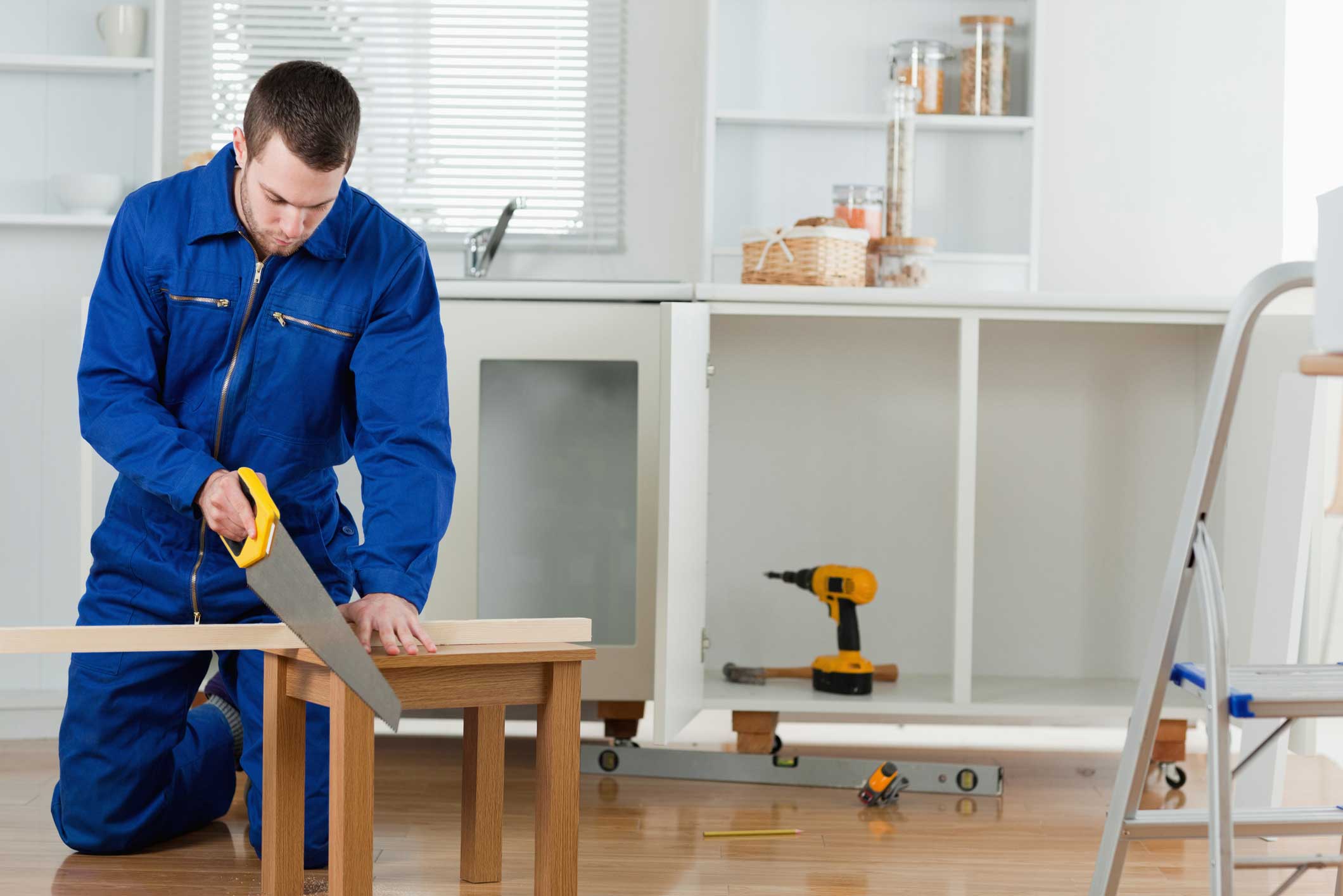

Home Maintenance
How Much Should I Charge For Home Repairs
Modified: March 6, 2024
Learn how to accurately price your home repairs with our comprehensive guide. Whether it's plumbing, electrical, or general maintenance, find out the best rates for your specific needs.
(Many of the links in this article redirect to a specific reviewed product. Your purchase of these products through affiliate links helps to generate commission for Storables.com, at no extra cost. Learn more)
Introduction
Welcome to the world of home repairs! Whether you are a professional contractor or a DIY enthusiast, it’s crucial to understand how to set the right price for your services. Determining the cost of home repairs involves considering various factors, such as labor, materials, project scope, and local market rates. By finding the right balance between competitive pricing and fair compensation, you can attract clients while ensuring your efforts are properly rewarded.
In this article, we will explore the key factors to consider when pricing home repairs and provide practical tips on how to present your pricing to clients. By following these guidelines, you can navigate the often tricky task of estimating and charging for your home maintenance services.
When determining the pricing for home repairs, it’s vital to take into account the following factors:
Key Takeaways:
- Pricing home repairs involves considering labor, materials, project scope, and local market rates. Balancing fair compensation with competitive pricing is key to attracting clients and ensuring sustainability in the business.
- Providing detailed estimates, managing client expectations, and transparently presenting pricing are essential for building trust and satisfaction in home repair services. Effective communication and fair pricing lead to successful client-contractor relationships.
Read more: How Much Should I Charge For Woodworking
Factors to Consider When Pricing Home Repairs
Setting the right price for home repairs requires a thorough understanding of the various factors that influence the cost. By considering these factors, you can ensure that your pricing is fair and competitive. Here are some key aspects to keep in mind:
- Labor Costs: One of the primary factors in pricing home repairs is the labor involved. Consider the complexity of the project, the skills required, and the time it will take to complete the job. Remember to factor in your expertise and experience, as these can justify higher labor costs.
- Material Costs: The cost of materials is another significant factor. Research the prices of the materials you will need for the project, including any additional supplies like adhesives, nails, or paint. Consider any discounts or wholesale options available to you to ensure accurate material cost estimation.
- Scope of the Project: Assessing the scope of the project is crucial. Determine the extent of the repairs needed and any additional work that may arise during the process. Take into account any necessary demolition, repairs, installations, or modifications. A larger project with extensive scope may require higher pricing compared to smaller, straightforward repairs.
- Local Market Rates: Researching local market rates is essential to ensure your pricing is competitive. Look into what other contractors or professionals in your area charge for similar home repairs. This will give you an idea of the standard rates and help you position your pricing accordingly. However, avoid undervaluing your services to stand out solely on price; instead, focus on the quality and value you provide to clients.
- Competitive Pricing and Fair Compensation: Balancing competitive pricing with fair compensation is crucial. While offering competitive rates can attract clients, it’s essential to ensure that your pricing covers your expenses, including labor, materials, overhead costs, and profit margins. Strive for a balance that appeals to clients’ budgets while adequately compensating your skills and efforts.
Considering these factors will help you determine the appropriate pricing for your home repairs. However, it’s vital to present your pricing to clients in a clear and transparent manner. In the next section, we will discuss how to effectively present your pricing to clients, including the importance of providing detailed estimates and managing client expectations.
Determining Your Labor Costs
When pricing home repairs, one of the essential factors to consider is your labor costs. Determining the right labor cost involves evaluating several elements to ensure your pricing is fair and reflects the value of your skills and expertise.
To calculate your labor costs, start by assessing the complexity of the project. Consider the skills and experience required to complete the task efficiently and to a high standard. Higher-skilled tasks that demand specialized knowledge or certifications will justify a higher labor cost.
Next, estimate the time it will take you to complete the project. This includes not only the time spent on-site but also any additional time for planning, consultations, and acquiring materials. Be realistic but efficient in your estimates, ensuring you adequately compensate yourself for your time and effort.
Another factor to consider is your overhead expenses. This includes costs such as insurance, licenses, tools, equipment, and transportation. Calculate the portion of these expenses that is directly related to the project and factor them into your labor costs. It’s essential to cover your overhead expenses to run a sustainable and profitable business.
Additionally, consider the demand for your services and your level of experience in the industry. If you have extensive experience or if your services are in high demand, you may be able to command a higher labor rate.
Lastly, be mindful of the local market rates while determining your labor costs. Research what other contractors or professionals in your area charge for similar services. This information will give you an idea of the standard rates and help you position your pricing accordingly.
Keep in mind that labor costs will vary depending on the complexity and size of the project. For instance, smaller, straightforward repairs may have a lower labor cost compared to larger, more intricate renovations or remodeling projects.
By considering these various factors and evaluating your skills, experience, overhead expenses, and market rates, you can determine the appropriate labor costs for your home repairs. Strive to find a balance that adequately compensates your efforts while remaining competitive within your local market.
Factoring in Material Costs
When pricing home repairs, it is crucial to accurately factor in the material costs. Materials make up a significant portion of the overall expenses and can impact the profitability of your project. By properly calculating and accounting for material costs, you can ensure that your pricing is fair and reflects the actual expenses involved.
The first step is to identify the specific materials required for the project. Take note of the quantity, quality, and type of materials needed. Consider any additional supplies such as adhesives, nails, screws, paint, or specialized tools that may be necessary to complete the repairs.
Next, research the prices of the materials you will be using. Check with local suppliers, online retailers, or home improvement stores to determine the cost of each item. Keep in mind that prices may vary depending on the brand, quality, and quantity of materials purchased.
Consider the quantity of materials needed for the project and calculate the total cost. Take into account any waste or additional materials that may be required due to cutting, mistakes, or unforeseen circumstances. It’s better to overestimate slightly to ensure you have enough materials on hand.
Look for any discounts, promotions, or wholesale options available for the materials you need. Many suppliers offer bulk purchase discounts or contractor pricing, which can help you save on material costs. Take advantage of these opportunities, but be aware of any minimum purchase requirements or limitations.
It’s also important to factor in any delivery or shipping costs for the materials. Some suppliers may offer free delivery within a certain radius, while others may charge a fee. Include these costs in your material cost calculations to ensure accurate pricing.
Finally, consider the durability and longevity of the materials you choose. Opting for higher-quality materials may require a higher upfront cost but can result in long-term savings for your clients. By using durable and reliable materials, you can ensure the longevity and functionality of the repairs.
By factoring in material costs accurately, you can provide transparent pricing to your clients. This will not only help you cover your expenses but also build trust and credibility with your customers. Remember to communicate clearly with clients about the breakdown of material costs and provide receipts or invoices to support your pricing.
Assessing the Scope of the Project
When pricing home repairs, it is essential to assess the scope of the project accurately. The scope includes the extent of the repairs needed and any additional work that may arise during the process. By understanding the scope, you can provide an accurate estimate and avoid surprises or misunderstandings with your clients.
Begin by conducting a thorough inspection of the area requiring repairs. Take note of the specific issues that need to be addressed, such as damaged surfaces, faulty wiring, leaks, or structural damage. Assess the complexity of the repairs and the level of skill and expertise required to complete them.
Consider any additional work that may be necessary to ensure a comprehensive and long-lasting repair. For example, if you are fixing a leaky faucet, inspect the surrounding plumbing to check for any other issues that may need attention. Taking a holistic approach to the repairs will help you provide a more accurate estimate.
Factor in the time it will take to complete the repairs based on the scope of the project. Assess any demolition, cleaning, preparation, or finishing work that may be required. Consider the availability of the necessary resources, such as access to electricity, water, or specialized equipment, that could impact the timeline.
Keep in mind any limitations or challenges that may arise during the project. For example, if the repair involves working on an older home, there may be underlying issues or outdated infrastructure that need to be addressed. Be prepared to communicate these potential challenges to your clients and factor them into your pricing.
It is also essential to consider the desired outcome or the client’s expectations for the repairs. Discuss with the client their goals and preferences for the project. This will help you determine the level of detail and quality of work required, which can impact the pricing as well.
By thoroughly assessing the scope of the project, you can provide a more accurate estimate to your clients. This will help set realistic expectations and ensure that your pricing reflects the time, effort, and expertise required to complete the repairs. Communicate openly with your clients about the scope and any potential changes that may arise during the project to maintain transparency and trust.
Read more: How Much Should I Charge To Paint A Ceiling
Researching Local Market Rates
Researching local market rates is a critical step when pricing home repairs. Understanding the rates charged by other contractors or professionals in your area can help you position your pricing competitively and ensure that you are offering fair and reasonable prices to your clients.
Start by conducting market research to gather information about the rates charged for similar home repair services. Look for contractors or professionals who specialize in the same type of repairs or renovations you offer. You can gather this information through online directories, local business listings, or by reaching out to industry associations or networking groups.
When researching market rates, it’s important to consider factors such as the location, demand, and average income in your area. Rates in urban or affluent areas may be higher compared to rural or lower-income communities. Take these factors into account when determining your own pricing structure.
Pay attention to the level of expertise or specialization of other contractors in your area. If you possess unique skills or certifications that set you apart, you may be able to price your services higher. However, be cautious not to overprice your services, as clients will compare your rates with other providers.
It’s also beneficial to gather feedback or reviews from clients who have used similar services in your area. This can give you insights into the quality of work provided by competitors and whether clients perceive their prices to be fair. It’s important to find a balance between competitive pricing and delivering high-quality results.
Consider any additional value you provide to clients that may differentiate you from competitors. For example, do you offer warranties, follow-up services, or free consultations? These added benefits can help justify slightly higher pricing compared to others in the market.
Furthermore, be aware of any seasonal fluctuations or trends in the home repair industry in your area. Certain times of the year or specific types of repairs may be in higher demand, allowing you to adjust your pricing accordingly.
Remember, researching local market rates is not about undercutting competitors or devaluing your services. It’s about understanding the market and positioning your pricing strategy to be fair, competitive, and reflective of the value you provide to your clients.
By conducting thorough research, you can gain valuable insights into the local market rates and ensure that your pricing is in line with industry standards. This will help you attract potential clients and build trust with your customers, leading to long-term success in your home repair business.
Research the average rates for home repair services in your area and consider factors such as the complexity of the job, materials needed, and your level of expertise when determining your pricing.
Balancing Competitive Pricing and Fair Compensation
When pricing home repairs, it’s essential to find the right balance between offering competitive rates and ensuring fair compensation for your services. Striking this balance is crucial for attracting clients while maintaining profitability and sustainability in your business.
Competitive pricing involves setting your rates in line with what other contractors or professionals in your area charge for similar services. This ensures that your pricing remains competitive and appealing to potential clients. However, it’s important not to base your pricing solely on the lowest rates in the market, as this can undervalue your expertise and skills.
To determine your pricing, consider the following factors:
- Costs: Calculate the costs involved in running your business, including labor, materials, administrative expenses, and overhead costs. It’s important to cover these expenses and ensure that your pricing allows for a reasonable profit margin.
- Expertise and Experience: Take into account your level of expertise and experience in the industry. If you have specialized skills or advanced certifications, you may be able to justify slightly higher pricing due to the added value you can provide to clients.
- Quality of Work: Consider the quality of work you deliver to your clients. If you consistently provide excellent results, you can position your pricing higher to reflect the value that clients receive from choosing your services.
- Client Demographics: Consider the demographic and budgetary constraints of your target clients. Adjust your pricing accordingly to align with what they can afford while still offering a fair rate for your services.
- Market Research: Continuously conduct market research to stay informed about the rates charged by your competitors. This will help you remain competitive while also ensuring that your pricing is fair and reflective of the value you provide.
When communicating your pricing to clients, focus on the unique value and benefits you offer rather than engaging in price-based competition. Emphasize your expertise, exceptional customer service, attention to detail, and any guarantees or warranties you provide. By highlighting these factors, you can showcase the added value clients can expect by choosing your services.
It’s important to remember that fair compensation is not just about covering costs, but also about recognizing the value of your time, skills, and efforts. Setting fair pricing allows you to deliver high-quality work and invest in the growth and sustainability of your business.
Ultimately, finding the right balance between competitive pricing and fair compensation requires a comprehensive understanding of your costs, the market, and the value you bring to clients. By striking this balance, you can attract clients, build a solid reputation, and achieve long-term success in the home repair industry.
How to Present Your Pricing to Clients
Effectively presenting your pricing to clients is crucial for building trust, transparency, and satisfaction in your home repair services. Here are some tips on how to present your pricing in a clear and professional manner:
- Provide Detailed Estimates: Start by providing detailed estimates for your clients. Break down the costs for each aspect of the project, such as labor, materials, and any additional expenses. This helps clients understand what they are paying for and leaves no room for ambiguity.
- Explain the Scope of Work: Clearly communicate the scope of work covered by your pricing. Outline the specific repairs or tasks you will be undertaking, as well as any limitations or exclusions. This helps manage client expectations and reduces the likelihood of surprises or misunderstandings later on.
- Itemize Material Costs: Separate the costs of materials from labor in your pricing breakdown. Itemize the individual material costs and include any relevant information, such as brand, quantity, and quality. This transparency helps clients understand the value they are receiving and builds trust in the pricing.
- Highlight Value and Benefits: Emphasize the value and benefits that clients will gain from choosing your services. Explain how your expertise, attention to detail, and commitment to quality workmanship surpass competitors. This helps justify your pricing and positions your services as a worthwhile investment.
- Offer Options or Packages: Provide clients with options or packages to choose from. This allows them the flexibility to select the level of service that suits their needs and budget. Offering different tiers or packages showcases your versatility while giving clients a sense of control over their investment.
- Be Transparent about Additional Costs: Clearly communicate any potential additional costs that may arise due to unforeseen circumstances or client-requested changes. Discuss possible scenarios and their associated costs upfront to avoid misunderstandings and to maintain a transparent working relationship.
- Provide Timelines and Payment Terms: Outline the estimated timeline for completing the project and specify the payment terms. Clearly define the deposit amount, progress payments, and the final payment schedule. This clarity helps both parties manage expectations and ensures a smooth financial process.
- Address Client Questions or Concerns: Listen attentively to client questions or concerns regarding the pricing. Be prepared to address any issues and provide explanations or justifications when necessary. It’s important to build trust and confidence by being responsive and helpful throughout the pricing discussion.
- Document Pricing in Writing: Once all the details have been agreed upon, provide a written contract or agreement that clearly outlines the pricing terms. This document serves as protection for both you and the client, and ensures that the agreed-upon pricing is upheld.
By following these tips, you can present your pricing to clients in a professional, transparent, and customer-centric manner. This builds trust, establishes clear expectations, and fosters a positive working relationship with your clients.
The Importance of Providing Detailed Estimates
When it comes to pricing home repairs, providing detailed estimates to your clients is essential. A detailed estimate serves as a comprehensive breakdown of the costs involved in the project, helping clients understand what they are paying for and establishing transparency in your pricing. Here are several reasons why providing detailed estimates is crucial:
- Clear Communication: Detailed estimates ensure clear communication between you and your clients. By explaining the specific costs associated with labor, materials, and any additional expenses, clients have a clear understanding of the pricing structure. This transparency creates trust and fosters a positive working relationship.
- Prevents Misunderstandings: A detailed estimate helps prevent misunderstandings and potential conflicts in the future. By clearly outlining the scope of work, including limitations or exclusions, clients know exactly what to expect and are less likely to have unrealistic or unmet expectations regarding the project and its associated costs.
- Budget Planning: Detailed estimates allow clients to plan their budget accordingly. By providing a breakdown of costs, they can assess the financial impact and make informed decisions. This helps them allocate funds appropriately, ensuring they can cover the expenses involved in the repairs without any surprises along the way.
- Comparative Evaluation: When clients are considering multiple contractors or professionals, a detailed estimate enables them to make informed comparisons. By having all the costs itemized and explained, clients can evaluate the value they will receive from each service provider. This helps them choose the contractor who offers the best combination of quality and price for their specific needs.
- Transparency and Trust: Providing detailed estimates builds transparency and trust with your clients. It demonstrates that you are open and honest about the pricing process, and that you are not trying to hide any costs or inflate prices. This fosters a sense of trust and confidence in your professionalism, leading to a stronger client-contractor relationship.
- Flexibility and Customization: A detailed estimate allows for flexibility and customization. You can provide different pricing options or packages based on client preferences and project requirements. By clearly outlining the costs associated with each option, clients have the opportunity to choose the most suitable package for their specific needs and budget.
- Documentation and Legal Protection: Having a detailed estimate in writing provides legal protection for both you and your clients. It serves as a documented agreement that outlines the agreed-upon pricing terms and conditions, protecting both parties from any potential disputes or misunderstandings in the future.
In summary, providing detailed estimates is crucial for effective communication, transparency, and trust-building with your clients. It allows for clear understanding and planning, facilitates comparative evaluation, and helps establish a strong foundation for a successful home repair project.
Managing Client Expectations
When pricing home repairs, managing client expectations is a critical aspect of ensuring a successful project. It’s important to be transparent, set realistic expectations, and maintain open communication throughout the process. Here are some key strategies for effectively managing client expectations:
- Clearly Define the Scope of Work: From the outset, clearly define the scope of work with your clients. Discuss in detail what repairs will be done, what materials will be used, and any limitations or exclusions. By setting clear boundaries, clients will have a realistic understanding of what will and will not be included in the project.
- Be Realistic with Timing: Provide clients with a realistic timeline for the completion of the repairs. Take into account the complexity of the project, any potential delays, and any other factors that may affect the timeline. Communicate openly about any potential changes or adjustments that may arise during the project.
- Educate Clients about the Process: Help clients understand the home repair process by providing them with information and answering any questions they may have. This will ensure that they have a clear understanding of what to expect throughout the project, reducing any surprises or misunderstandings.
- Communicate Changes Promptly: If any changes or unexpected issues arise during the project, communicate them to clients promptly. Be transparent about the situation, the potential impact on the timeline or cost, and any necessary adjustments. Keeping clients informed allows them to make informed decisions and helps build trust.
- Provide Regular Updates: Keep clients informed of the progress of the repairs through regular updates. Whether it’s through phone calls, emails, or in-person meetings, providing updates on the project’s status reassures clients that the work is progressing as planned and helps manage their expectations.
- Set Realistic Budget Expectations: Discuss the estimated costs with clients early on and ensure that they have a realistic budget in mind. Explain any potential additional costs that may arise due to unforeseen circumstances or client-requested changes. By setting upfront expectations, clients can better plan their finances and understand the financial commitment involved.
- Offer Options within Budget Constraints: If clients have budget constraints, consider offering alternative options or cost-saving solutions that still meet their needs. This demonstrates your willingness to work within their parameters while finding creative solutions that can help manage their expectations and financial constraints.
- Address Concerns Proactively: Address any concerns or questions raised by clients promptly and proactively. By actively listening and offering solutions or explanations, you can alleviate any anxieties or uncertainties clients may have, leading to a smoother and more successful client-contractor relationship.
- Manage Expectations for Project Completion: Ensure that clients understand that unforeseen circumstances or external factors beyond your control may affect the exact timeline for completion. Managing their expectations in this regard helps reduce frustration and promotes a more flexible and understanding approach to project deadlines.
By implementing these strategies, you can effectively manage client expectations throughout the home repair process. This not only leads to a smoother project but also fosters a positive and trusting relationship with your clients, enhancing your reputation in the industry.
Conclusion
Pricing home repairs requires careful consideration of various factors, including labor costs, material costs, project scope, local market rates, and balancing fair compensation with competitive pricing. By taking these factors into account, you can ensure that your pricing reflects the value of your skills, expertise, and the quality of work you provide.
When presenting your pricing to clients, it’s essential to be transparent and provide detailed estimates. Clearly communicate the breakdown of costs, including labor, materials, and any additional expenses. This transparency builds trust, helps manage client expectations, and sets a solid foundation for a successful working relationship.
Managing client expectations is a crucial aspect of the pricing process. Clearly defining the scope of work, being realistic with timing and budgets, and proactively addressing concerns or changes help keep clients informed and satisfied. Effective communication throughout the project enhances trust and ensures smooth collaboration between you and your clients.
Remember to research local market rates and consider your costs, expertise, and the value you provide when pricing your services. Striking the right balance between competitive pricing and fair compensation allows you to attract clients while maintaining profitability and sustainability in your business.
By following these guidelines and incorporating them into your pricing strategies, you can position yourself as a trusted and reliable home repair professional. Building a reputation for fair, transparent pricing and managing client expectations will lead to satisfied customers, positive referrals, and long-term success in the home maintenance industry.
Frequently Asked Questions about How Much Should I Charge For Home Repairs
Was this page helpful?
At Storables.com, we guarantee accurate and reliable information. Our content, validated by Expert Board Contributors, is crafted following stringent Editorial Policies. We're committed to providing you with well-researched, expert-backed insights for all your informational needs.
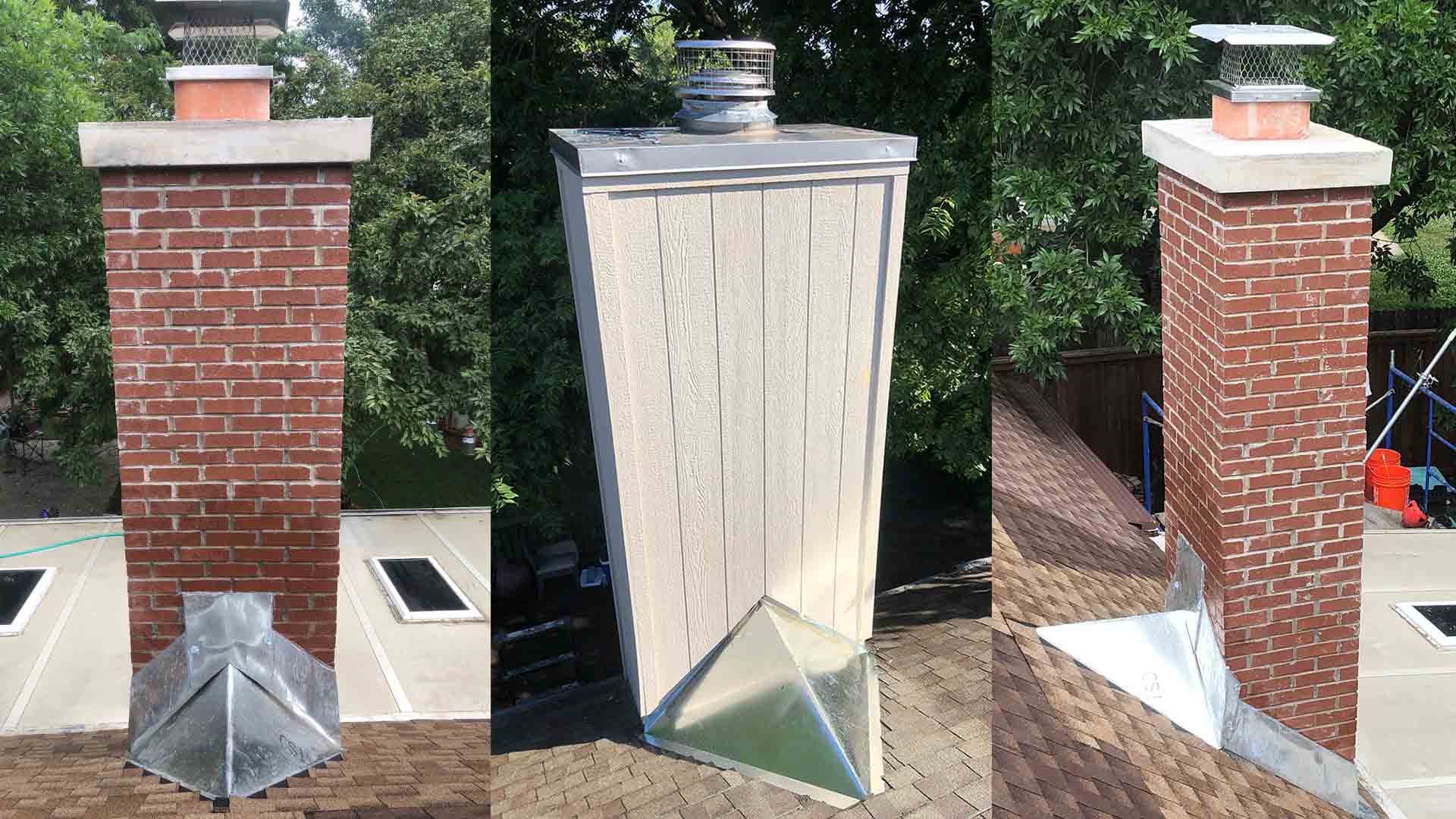
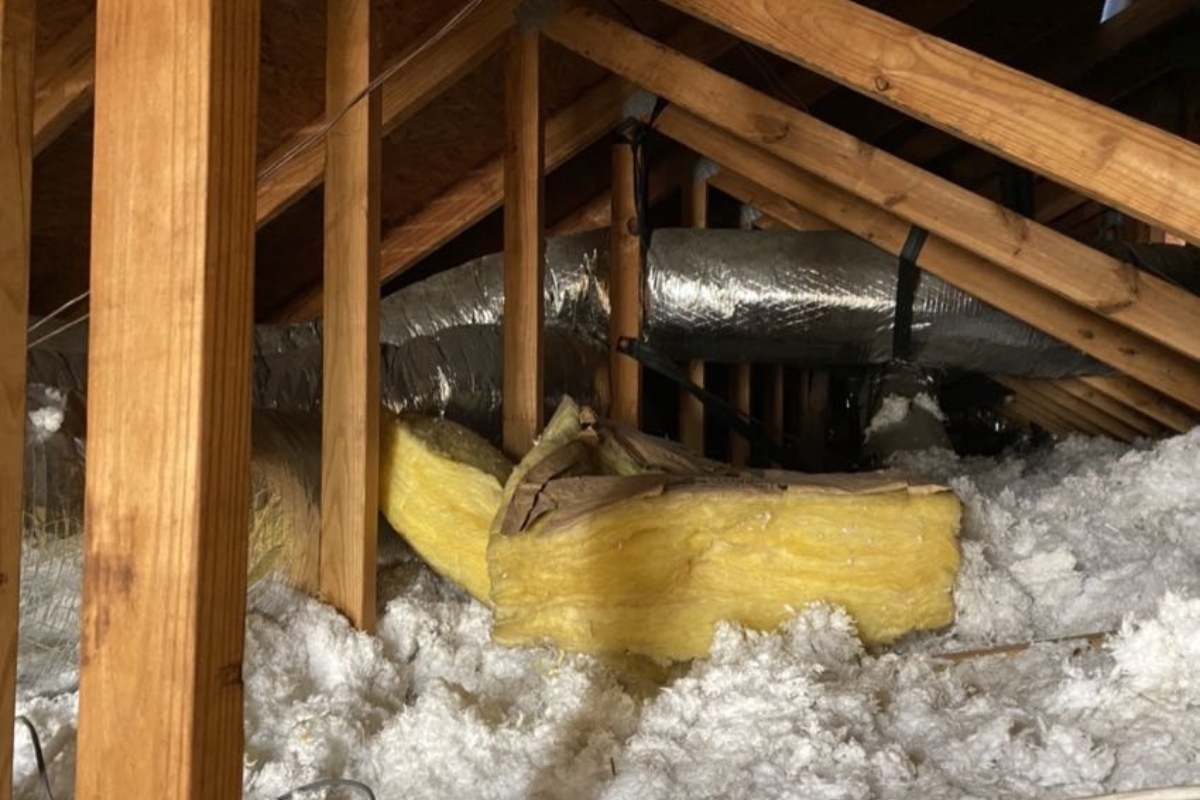

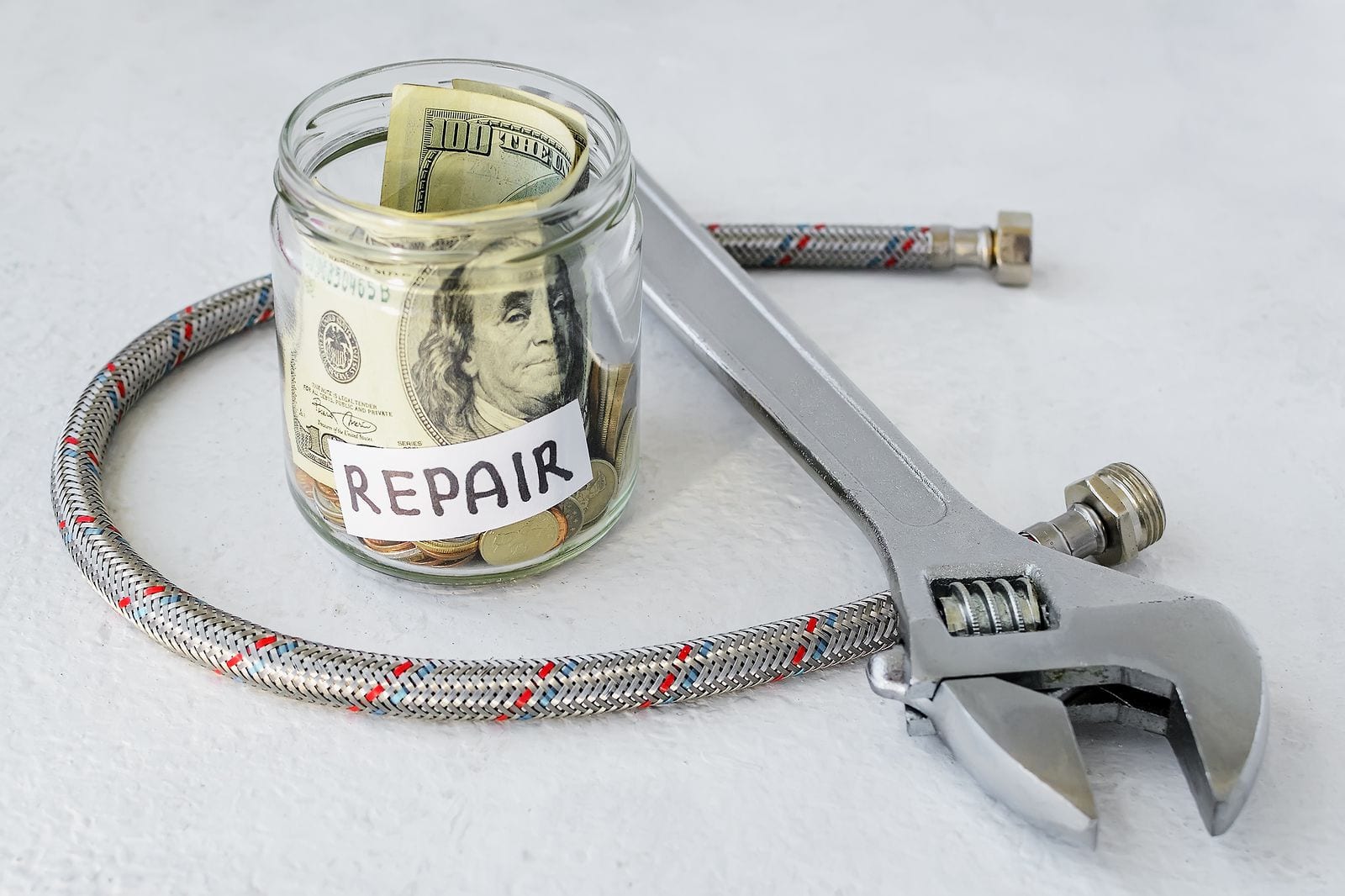





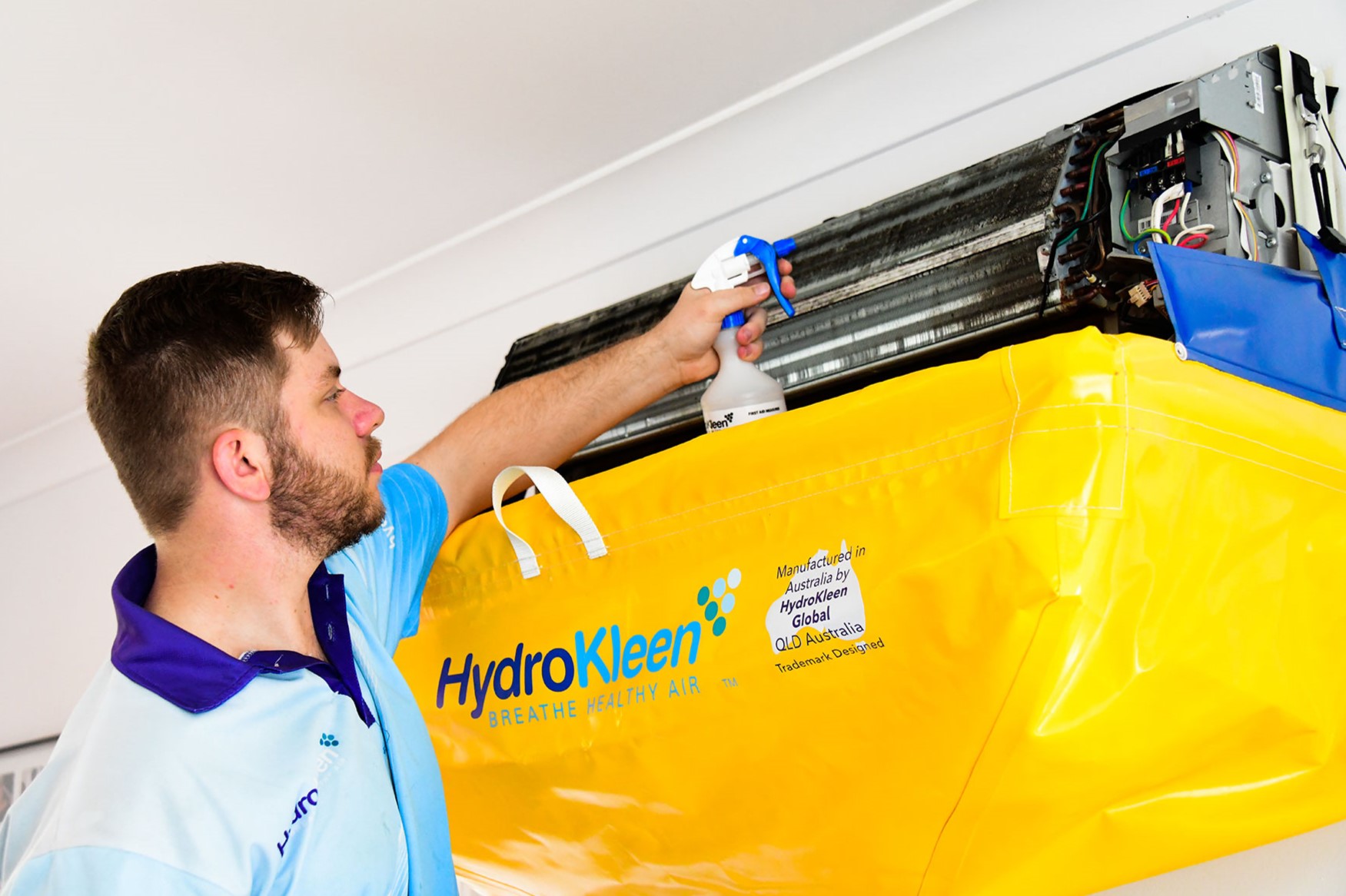


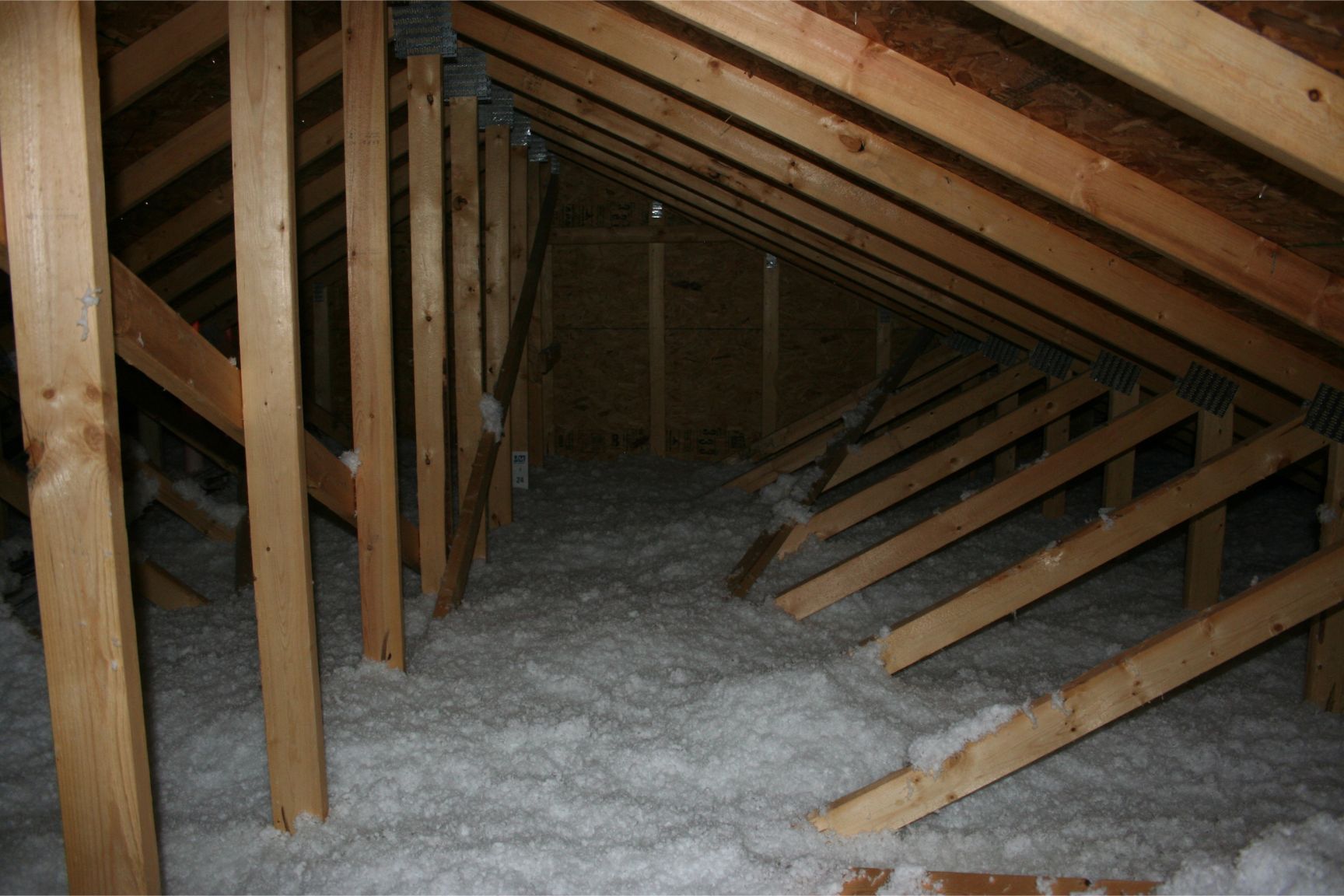

0 thoughts on “How Much Should I Charge For Home Repairs”